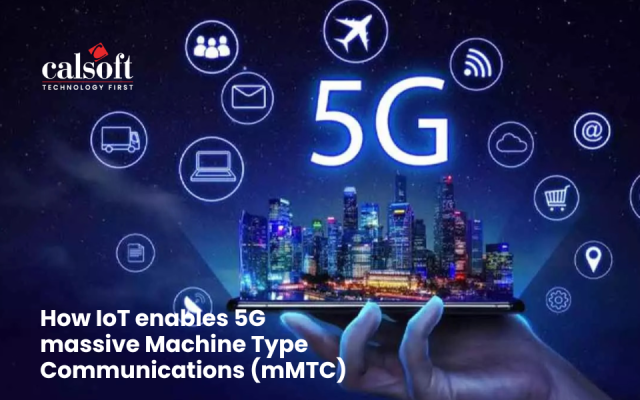The success of server virtualization is infectious. This prompted a search for a similar technological advancement in the networking industry. There was a need to replicate the model of how server virtualization reduced the cost of running isolated applications & improved agility. NFV or Network Function Virtualization is what came out of this and is the new big thing in the industry.
NFV virtualizes various Network Functions (Routing, Firewall, IPS, IDS, DHCP, DNS, etc.) & enables the ISPs to reduce the cost & increase agility. Historically, all such Network functions were built on custom hardware & thus were expensive, provided little-to-no agility & were vendor locked-in.
Think of moving your hardware-based Firewall functionality inside a VM and viola – You just reduced the cost by using a COTS HW to run many such VMs & improved agility by instantly deploying/moving the VM(s) around as you need !!!
Calsoft Whitepaper: Amalgamation of 3G Mobile Services, Cloud Services & Storage Technology
However, the biggest challenge in VM form-factor is to match the packet processing performance of a dedicated, customized hardware. This is where DPDK (Data Plane Development Kit) plays a big role. DPDK is a set of libraries which moves the packet processing from kernel space to user space & there by saving on the context changes. The library is built using faster/efficient CPU instructions & thus less CPU cycles are utilized compared to current methodologies of packet processing. This improves the packet processing performance & offloads the CPU cycles enabling applications to run faster.
DPDK was open sourced by Intel & has the following optimized libraries/components :-
- Memory Manager
- Buffer Manager
- Flow Classification
- Poll Mode Drivers
There are quite a few Linux network functions which have already been enabled with DPDK & has proven up to 10x performance.
Check out more details at – http://dpdk.org/.
To know more email: marketing@calsoftinc.com
Nitin Singhvi | Calsoft Inc.
Calsoft NFV Expertise
Calsoft has deep expertise in various NFV tools and technologies. We have helped networking ISVs in design, development, deployment, testing and support of various NFV technologies.
[Tweet “DPDK – Boosting The Networking Revolution”]






